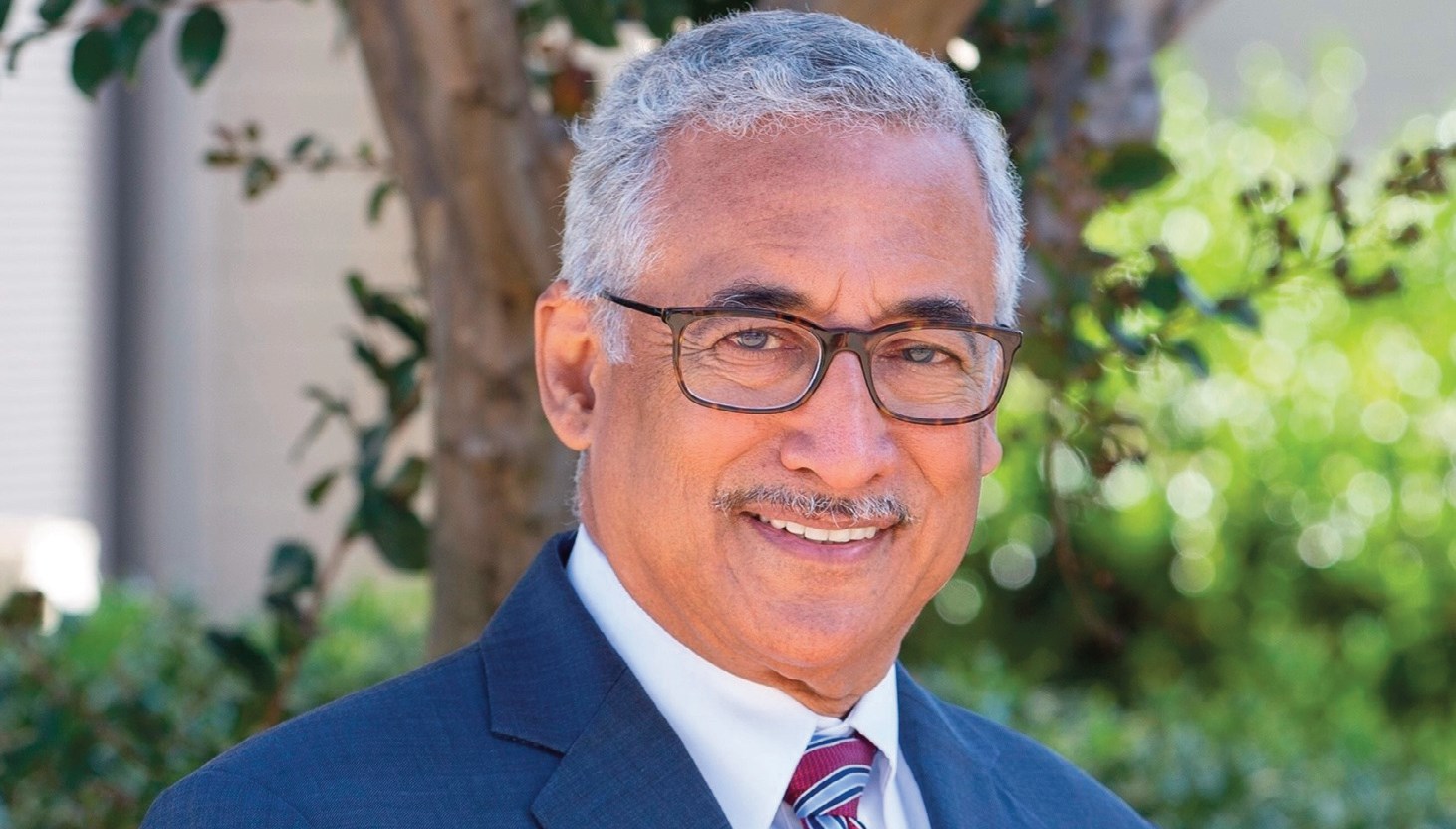Internationally, the prevalence of bullying in elementary schools ranges from approximately 11 percent in Finland to 50 percent in Ireland. In the United States, 19 percent of youths are bullied.
Though bullying behaviors decline as a student progresses through school, the numerous physical, mental, and social detriments can last well into adulthood. Bullying also impacts academic achievement, school bonding and absenteeism.
National media headlines during the last year indicate a need for a proactive approach to combat an issue that affects everyone’s quality of life.
POWER
Bullying is characterized by an imbalance of power between the child who bullies and the target (another child). It can be physical, verbal, emotional or sexual. Bullying also includes harassment via email and instant messaging. Research shows that bullying generally begins in elementary school, peaks in grades six through eight, and persists into high school. Here are some startling statistics:
• 1 of 4 kids are bullied (25%);
• 1 of five kids admit to being a bully or doing some bullying (20%);
• 1 of 3 children and youth in grades 6 through 10 have been bullied (33%);
• 1 of 4 teachers see nothing wrong with bulling or putdowns (25%);
• The prevalence of having been bullied on school property was higher among females (21%) than males (18.7%);
• Among students, homicide perpetrators were more than twice as likely as homicide victims to have been bullied.
Several studies report that children who bully are more likely than their peers to get into frequent fights, vandalize/steal property; drink alcohol and/or smoke; be truant and/or drop out from school; and carry a weapon. Research also shows that for kids who identify as being gay, lesbian, bisexual, or transgender the presence of a youth-led gay-straight alliance; inclusive curriculum materials; and the presence of supportive adults makes a significant and positive difference in the life of these kids.
STEALTH
Cyber bullying inflicts emotional harm in a stealth manner via Websites, chat rooms, email, cell phones and instant messaging. A National Institute of Health study that analyzed 6th through 8th graders indicated cyber bullying has more of a psychological impact on children and adolescents because they may not know who is harassing them online. The cloak of anonymity causes victims to feel dehumanized or helpless at the time of the attack. Specifically, some adolescents who are regular victims of cyber bulling may experience emotional distress and suicidal thoughts. Furthermore, cyber bullies are more likely to be older adolescents rather than their younger counterparts.
SCHOOLS
The most effective methods to reduce bullying involve a whole school approach. This includes assessing the problem, planning school conference days, providing better supervision at recess, forming a bullying prevention coordinating group, encouraging parent-teacher meetings, establishing classroom rules against bullying, holding classroom meetings about bullying, requiring talks with the bullies and victims, and scheduling talks with the parents of involved students.
COMMUNITIES
The 2010 health care reform legislation presents a new opportunity to prevent bullying through the creation of school based health centers (SBHC) designed to increase student access to health and mental healthcare services. SCBCs have made health and mental services affordable, convenient and integrate clinical care with new public health interventions strategies.
CHILDREN
Speak Up! Immediately tell an adult if you witness or are a victim of bullying.
Reach Out! Ask friends to join them in being a kid against bullying.
Be a Friend! Invite a kid who is being bullied to play with you.
PARENTS
Talk! Talk to your child to find out if she or he is bulling others.
Observe!
Monitor your child’s behavior and consult a mental health professional to rule out disability.
Take Action at Home! Teach your child how to respond effectively to a bully.
Take Action at School! Work with teachers and administrators to create a safe environment.
Support the development of school-based health centers in your neighborhood.
Merlin Langley, Ph.D., is an associate professor and former chair of the Department of Social Work at Florida A&M University. Join Langley for a live Twitter chat on Dec. 20 at 6 p.m. for answers to your questions about bullying. Follow@FAMU_LivingWell












No Comment